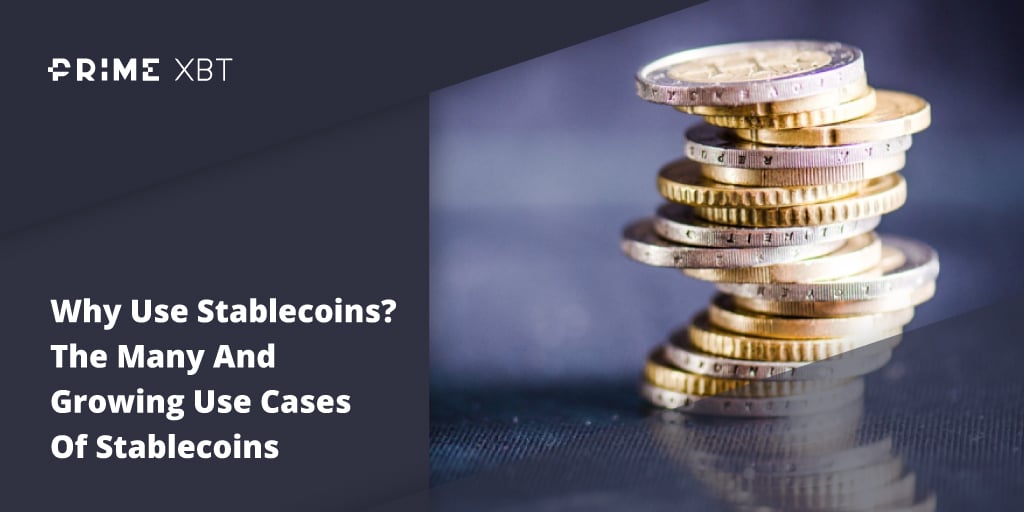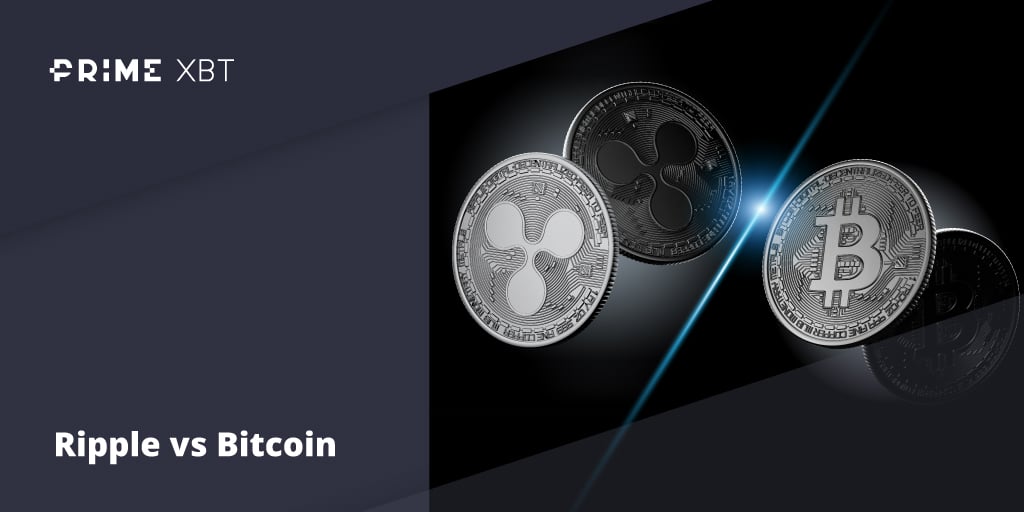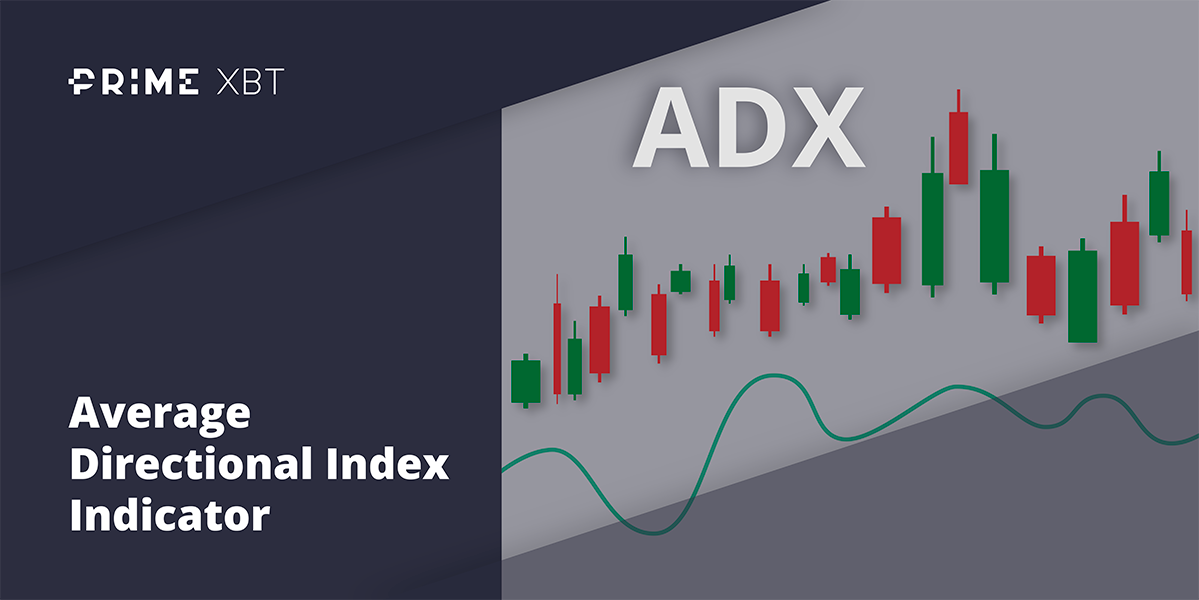The prices of major cryptocurrencies remained lacklustre early last week as traders awaited for more direction from the Fed. However, when the Fed decision was made to raise rates by 25-bps as expected, crypto prices did not react – the price of BTC merely moved 2% higher to the disappointment of many traders hoping for a bigger move. However, the crypto market itself was not as quiet as it seemed, as liquidity was simply redirected to the ongoing meme coin craze that has continued for almost a month.
The craze in the chase of new meme coins this time around though, even as it sucks liquidity out of the legacy coins, is not as unbeneficial to the overall market as they did in past cycles as this time around, the meme coins that traders are crazy about could only be traded using ETH and BTC. Even though traders’ act of buying meme coins using ETH and BTC are contributing towards price declines in ETH and BTC in the short-term, in the mid to longer term, there could be a silver lining.
With a huge surge in the transactions for these meme coins which can only be traded on DeFi channels, the usage of ETH and BTC, the two main blockchains that the most popular meme coins are run on, have exploded hugely, which will be helpful to their adoption eventually. The meme coin craze in this cycle has not just helped increase the utilization of ETH, but has also aided King BTC, as the introduction of the ordinal inscription capability on the Bitcoin blockchain early this year has put BTC into the forefront of new token creation.
New Token Standard Causes BTC Transactions to Spike
More users are using the Bitcoin network after the introduction of the BRC-20 standard on 08 March 2023 where users will be able to create fungible tokens on the Bitcoin network. While the number of transactions on the Bitcoin network has been growing exponentially effective from mid-December 2022 when the ability to create NFTs on the Bitcoin network was invented, the introduction of the BRC-20 standard that allows the minting of new tokens on the Bitcoin network has led to an explosion in the usage of BTC as a huge new wave of new meme coins built and run on the Bitcoin network have been created.
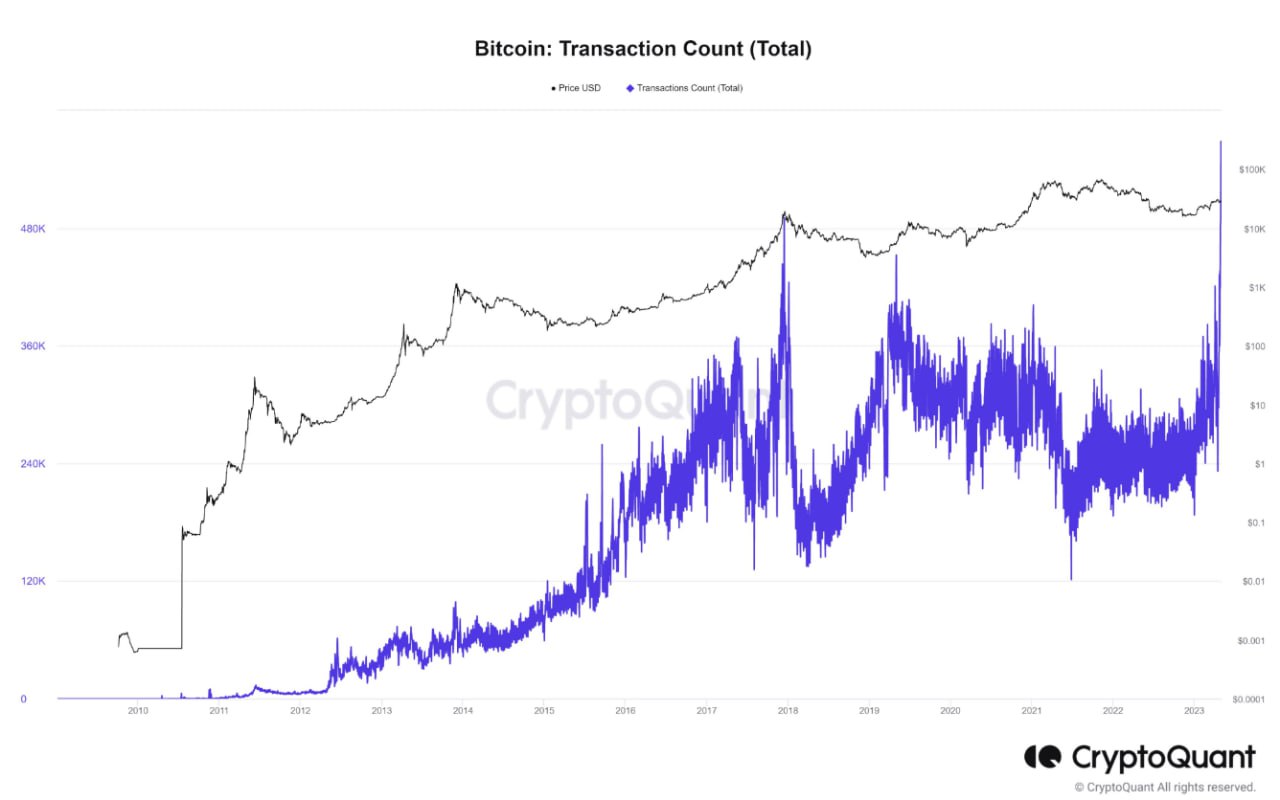
According to data, the number of BRC-20 transactions reached a recent peak of 366,000 on 01 May 2023 out of a total 682,000, accounting for around 50% of total BTC transactions. Barely two months into its invention, the total number of BRC-20 transactions has exceeded 2.36 million. Should this trend continue, the increase in the usage of BTC could intensify its scarcity and cause the value of each BTC to increase with time. Thus far, there appears to be no end in sight for the trend as transactions and block sizes on the Bitcoin network have continued to be at such elevated levels that congestion has been occurring on the network.
One point to note however, is that the BRC-20 standard is not able to deploy smart contracts and its only use thus far has been for the creation of meme coins. While a new improvement has been made to it that is called the ORC-20 standard, it remains to be seen how the upgraded ORC-20 standard will create new use cases for ordinal inscriptions.
So far in this part of the market cycle however, these meme coins have proven to be a powerful force, not only absorbing market cap from other legacy coins into them and causing the price of all other coins to dip, they are also contributing to a big increase in the usage of BTC and ETH.
BTC Mining Fees Improve Tremendously
The sharp increase in transactions has led to a tremendous improvement in the mining reward of BTC miners. Barely two months ago, the average BTC miner fee per block was only about 0.19 BTC, this has soared now to an average of 4 BTC.
In previous market cycles, a sustainable rise in the miner fee per block often resulted in a major rise in the price of BTC thereafter. As can be seen in the diagram below, we are at the beginning stages of this increase in average mining fee and would look for a consistently high figure in the coming days and months to confirm a trend change from bear to bull market.
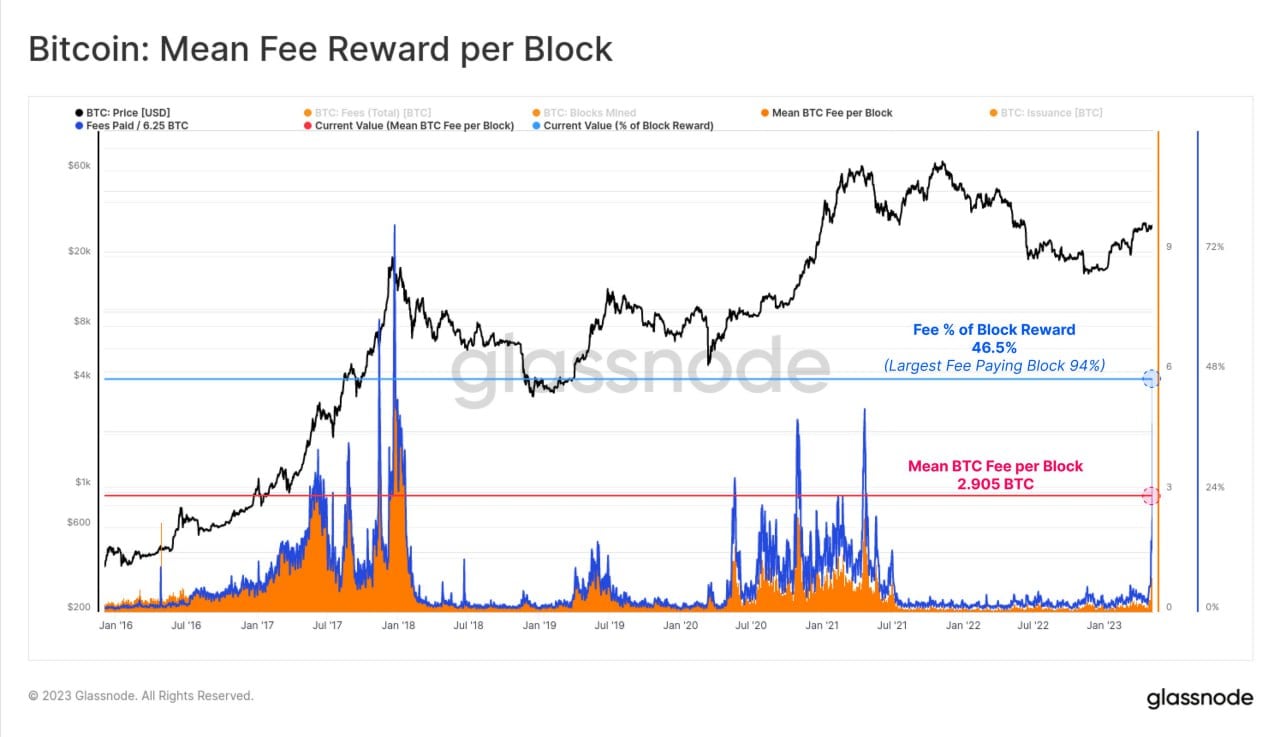
Lure of Meme Coin Burns the Most ETH
The power of memecoins has been at the forefront of activities within the crypto market over the past three weeks. The popularity of new meme coins like PEPE and BOB have exponentially increased the minting of new meme coins by market participants hoping to cash in on the trend by selling their newly minted memes coins that have no intrinsic value. Even though many new meme coins are minted on the BRC-20 standard, there is no denying that the ERC-20 standard of the Ethereum blockchain still reigns supreme with the most number of new meme coins created and traded due to its relative ease of usage on Uniswap (UNI).
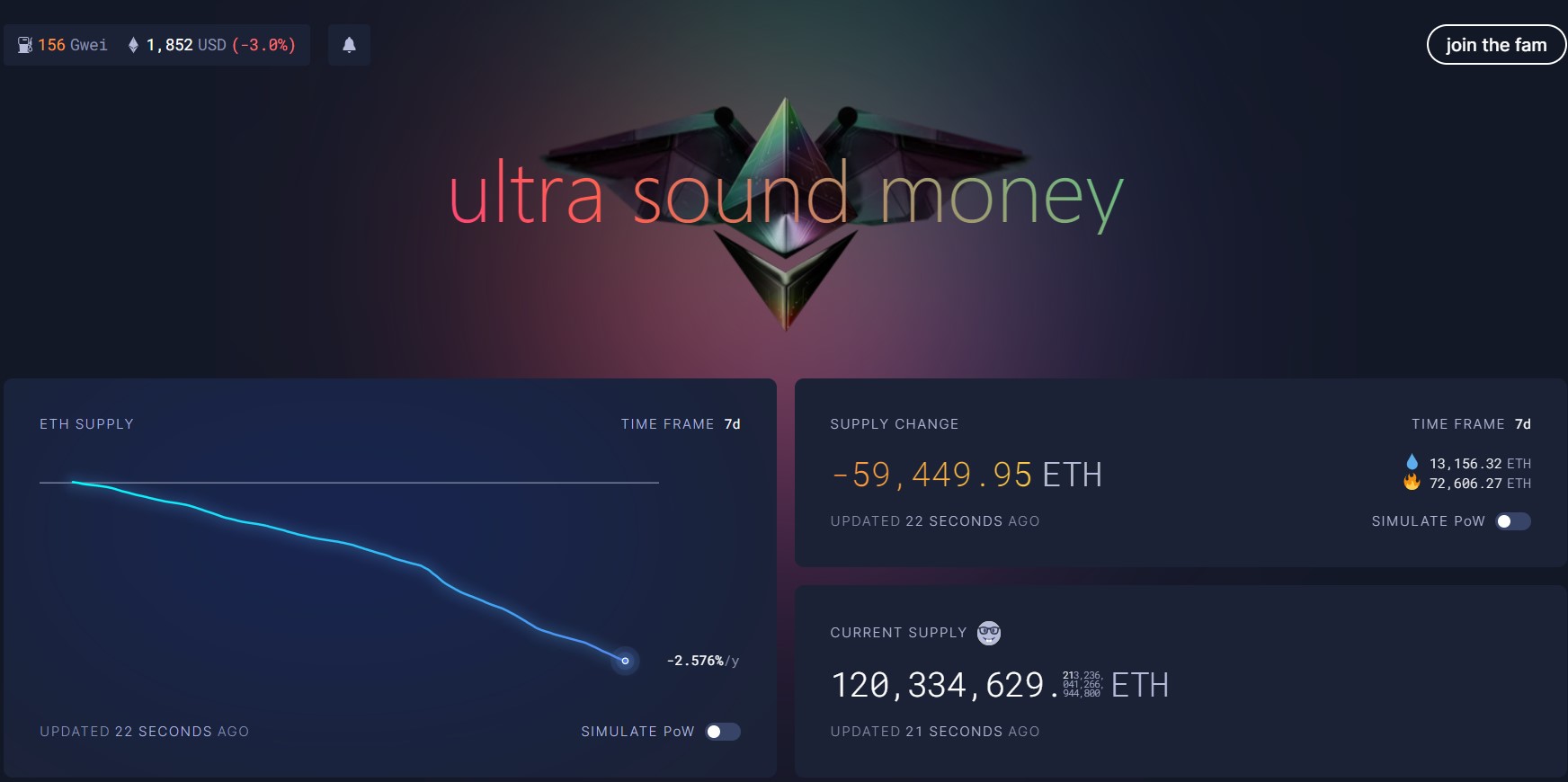
According to data, the craze in the creation and trading of ERC-20 meme coins has contributed to a burning of over 59,400 ETH over the past week. This is the highest rate of deflation in the supply of ETH since the Merge 231 days ago. To put things into perspective, only a total of 179,000 ETH have been burned since the Merge occurred last year, which means to say that almost 30% of the total number of ETH burned in history was effected just last week alone. This shows the power of the current meme coin craze in removing the supply of not just BTC, but in a greater event, ETH. Hence, should this trend continue into the upcoming bull market, the scarcity narrative of ETH could even be stronger than that of BTC.
ETH Deposits Surge to 1.5 Year High
However, in the short-term, the price of ETH has come under some pressure as its number of active deposits has surged to a 1.5 year high (could be due to traders selling ETH to buy meme coins).
The most recent time a surge in ETH active deposits was seen was just prior to the FTX selloff when the price of ETH tanked 40%. However, during the 2021 bull market, such high levels of deposits did not cause the price to tumble. Hence, it remains to be seen how the recent surge in active deposits would affect the price of ETH as we move forward in time.
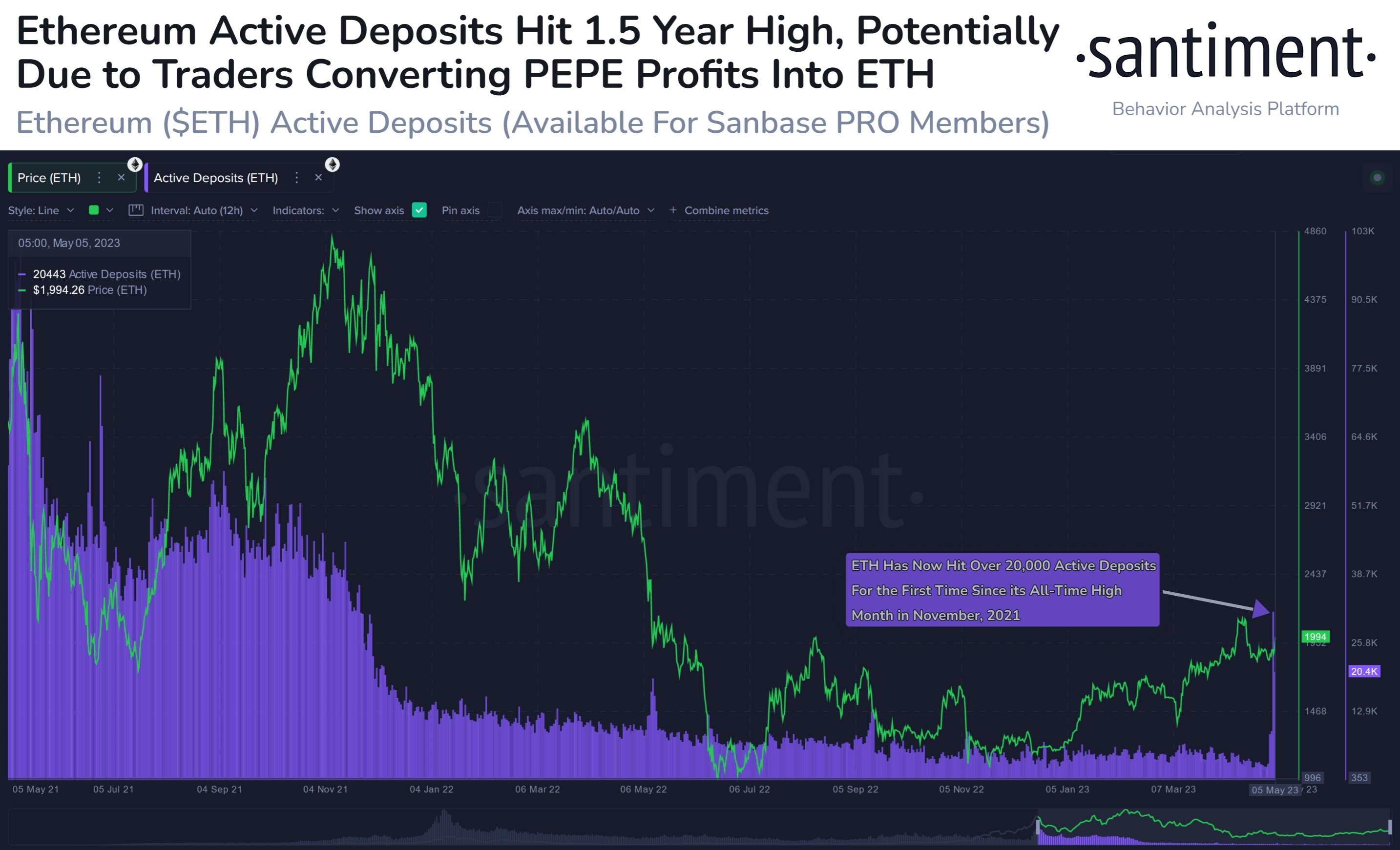
Impact of ETH Foundation’s Sale May Be Exaggerated
An interesting incident occurred late Friday night, where the ETH Foundation (EF) was spotted to have sent 15,000 ETH to a crypto exchange when its price rebounded above $2,000. The news spread like wildfire amongst traders and sent the price of ETH tumbling by almost 8% overnight, from $2,020 to a low of $1,840.
While the news may sound ominous, it is worth noting that only in 60% of previous instances when the EF was observed to have sold ETH that the price of ETH fell thereafter.
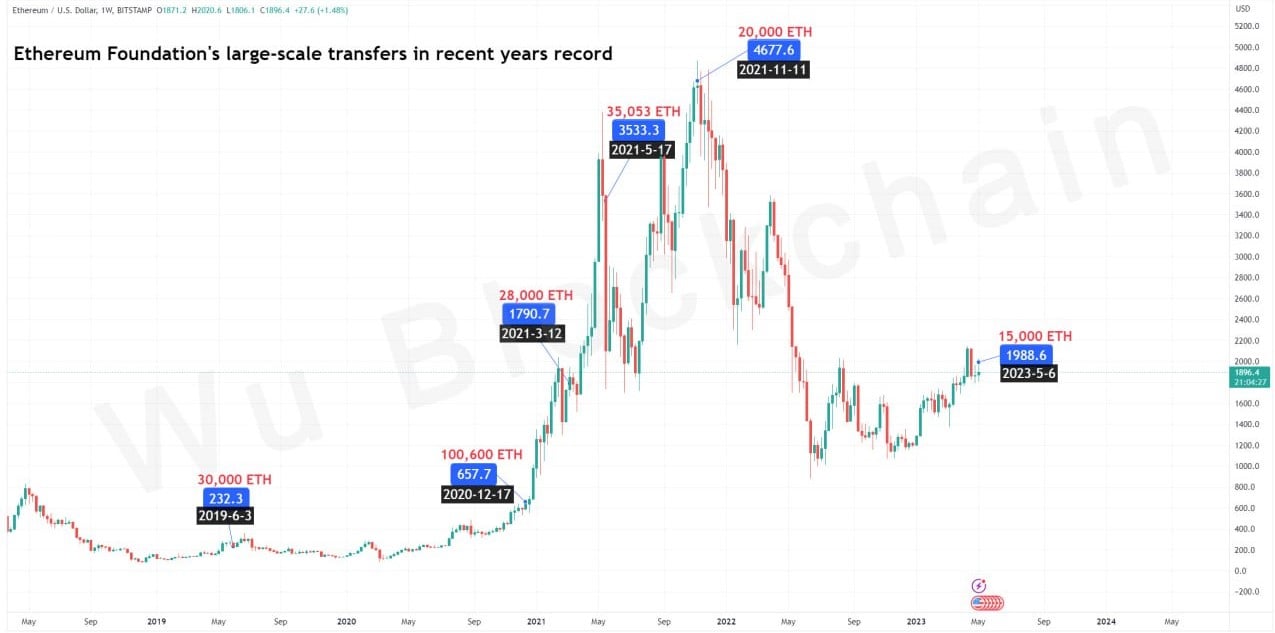
According to crypto news site Wu blockchain, while EF did sell ETH at two local tops during 2021’s bull market, their previous track record from 2019 to March 2021 was not as consistent and the price of ETH rose instead after they had sold.
Thus, while news that team ETH itself was selling ETH created a knee-jerk reaction that sent the price of ETH tumbling very quickly back down below $1,900, the actual impact of the sale may not be as bearish as traders anticipate it to be, especially since 15,000 ETH is not a large number that the market cannot absorb. To give our readers a gauge of how significant 15,000 ETH is, the average trading volume of ETH so far this year has been around 3 million units per day, while more than 10,000 ETH have been burned just within the last 24 hours.
Fed Hikes 25bps, Rules Out Cutting Rates This Year
As for traditional markets, the Fed delivered in line with market expectations, raising rates by 25-bps. While the press release was seen as dovish, Fed Chief Powell disappointed the markets in his press conference by ruling out the possibility of a rate cut this year.
As a result, while the dollar retreated, stocks sold off as investors feared that a stubbornly high interest rate environment would worsen the already intensifying banking system stress. Bank stocks continued to sell off after Pacific Western Bank said it was looking for potential buyers to try and rescue itself.
However, after the release of a better-than-expected non-farm payrolls report on Friday, stocks put in a roaring session on the final trading day of the week, with the major averages each gaining almost 2%, led by Apple shares as its earnings beat expectations. The gain in tech stocks on Friday was enough to erase the Nasdaq’s losses incurred over the past 4 days to eke out a gain of 0.07% for the week. The Dow nevertheless, still lost 1.24% and the S&P dropped 0.8% for the week.
Elsewhere, the Reserve Bank of Australia surprised with a 25-bps rate hike, which sent the AUD/USD rising 2% over the week. The European Central Bank also raised rates by 25-bps while signalling that their path of rate hikes, while slowing down, is not going to pause, in contrast with the more dovish tone of the Fed that has signalled a pause.
With mixed signals from central banks that reported last week, the price action of precious metals was also mixed. Initially, in the immediate aftermath of the Fed meeting, Gold jumped to touch its previous high of $2,080 but subsequently retreated to $2,015 by the close of Friday. Nonetheless, Gold was still higher by 1.5% over the week, and Silver also gained 2.6% after retracing from a high of $26.20 to close at $25.60.
Oil was the casualty from the selloff in stocks as the WTI fell 6.3% and Brent lost 5.4% as worries of economic slowdown continue to weigh down the price of oil.
This week will be a relatively quiet week, with only the April CPI the key data coming out of the USA. Fed Chief Powell has mentioned that the Fed will need to see a sustained drop in the rate of inflation to determine that further rate rises will not be necessary; thus, this reading will likely have a material impact on the markets. Finally, on Thursday, the Bank of England will meet to decide on their interest rate decision.
As the week begins in Asia, there appears to be a derisking environment where the prices of almost every asset class is declining even as the US stock futures are trading flat. Thus, it could take till the end of trading on Monday in the USA to have a clearer picture of what is causing the stress in the markets.
